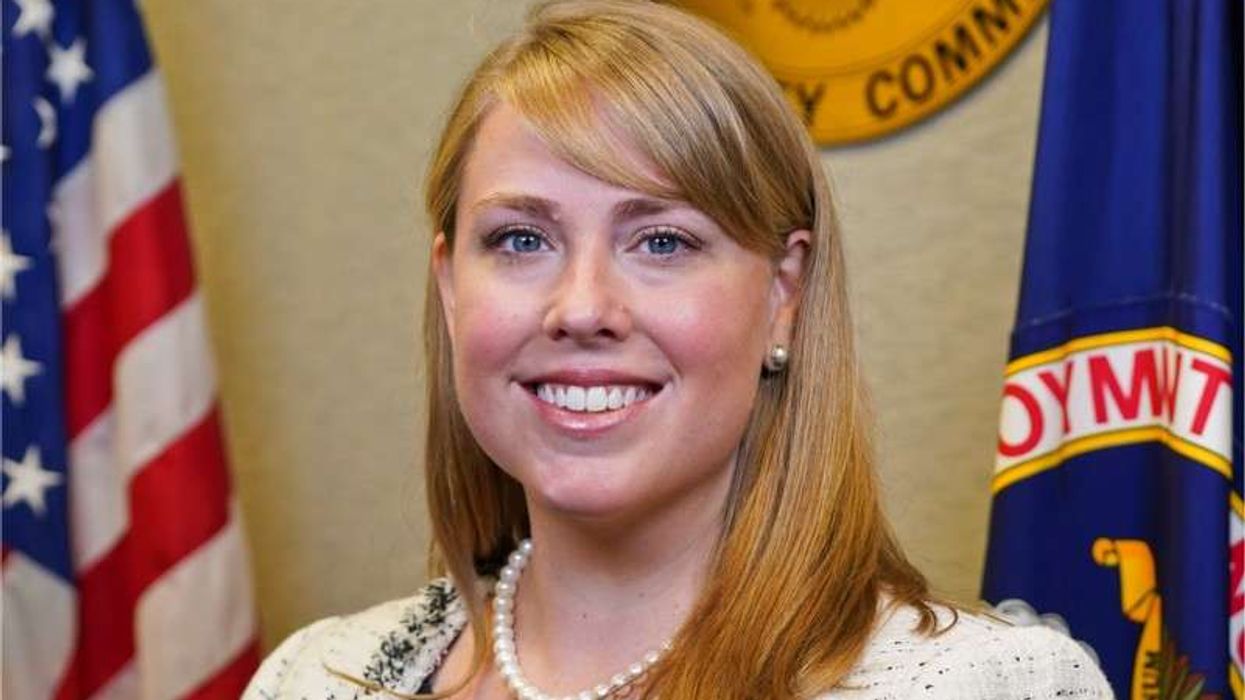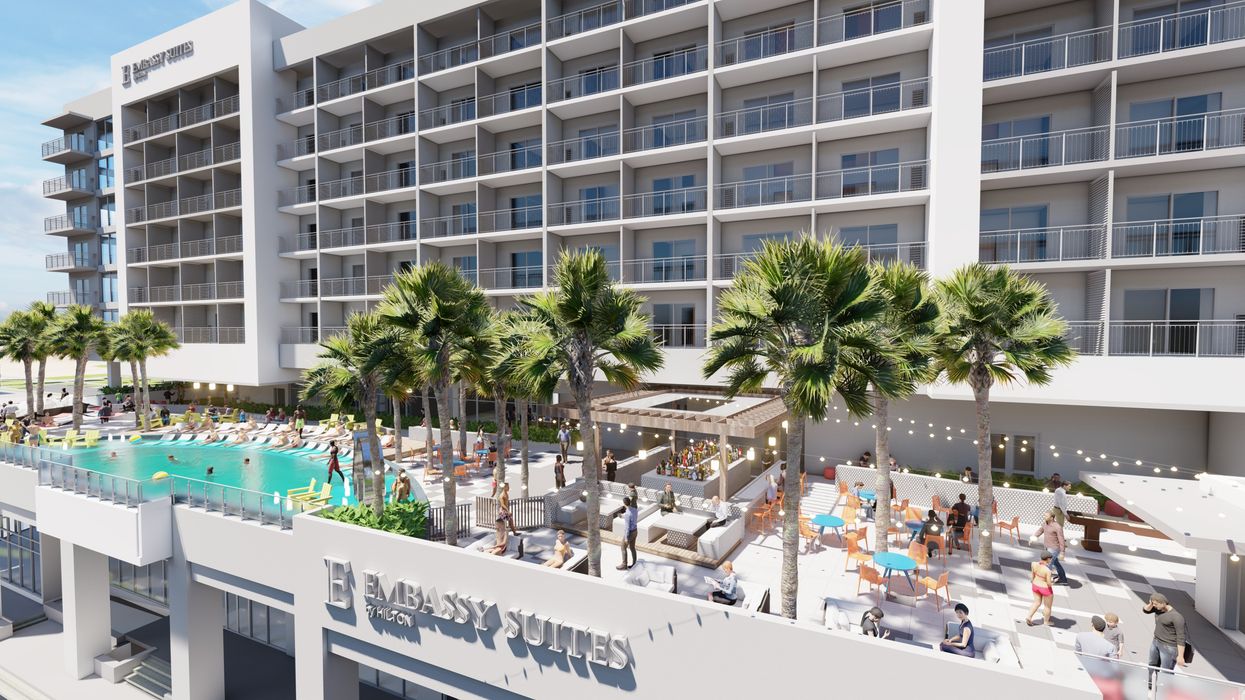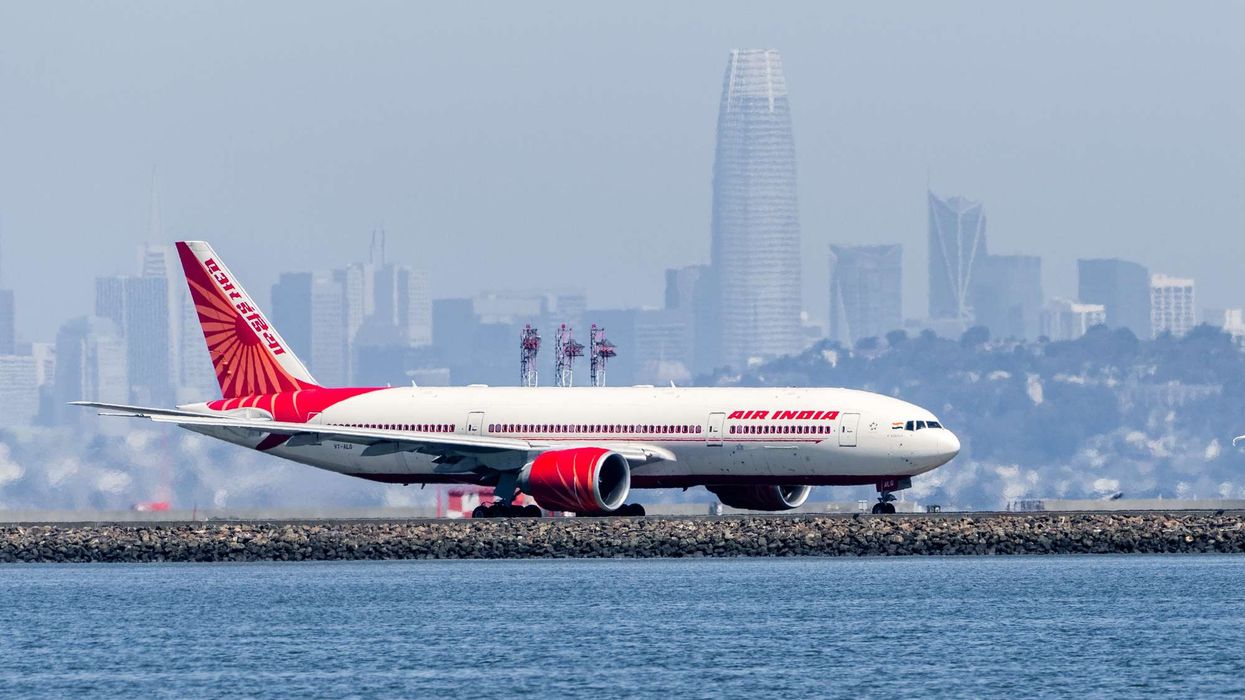THE U.S. GENERAL Services Administration recently announced the per diem rate for lodging for government employees in the continental U.S., and it was good news for hotels. The GSA increased the standard CONUS per diem rate for fiscal year 2023 and set all non-standard area rates at or above the fiscal year 2022 rates.
The standard CONUS lodging rate rose from $96 to $98, according to the GSA’s statement. The meals and incidental expenses per diem tiers for the fiscal year are unchanged at $59 to $79, with the standard M&IE rate unchanged at $59.
There are no new NSA locations this year, and three locations that were NSAs or part of an established NSA in fiscal year 2022 will move into the standard CONUS rate category. They are Cromwell and Old Saybrook, Connecticut, in Middlesex County; El Paso, Texas, in El Paso County; and Rock Springs, Wyoming, in Sweetwater County.
“Since fiscal year 2005, we have based the maximum lodging allowances on ADR. ADR is a widely accepted lodging industry measure derived from a property's room rental revenue divided by the number of rooms rented,” GSA said. “This calculation provides us with the average rate in an area.”
However, last year the U.S. Travel Association and other organizations convinced the GSA to freeze this fiscal year’s per diem rates at 2021 levels to compensate for the COVID-19 pandemic’s effects. The decision was made “to ensure the maximum lodging allowances for federal travelers are sufficient in FY 2022 as the lodging industry recovers,” the GSA said in a statement at that time.
The new per diem rates will benefit the hospitality industry, according to a statement from Chip Rogers president and CEO of the American Hotel & Lodging Association.
“The GSA’s increase of fiscal year 2023 per diem rates for government travel in the CONUS is extremely welcome news for the hospitality industry as our recovery continues. By increasing the standard rate and setting a floor at pre-pandemic rates for NSAs, GSA has ensured fair increases in markets that warrant them while also avoiding hurting hotels in markets that have taken longer to recover,” Rogers said. “This is a big win for hoteliers across the country, as government travel supports tens of thousands of jobs and billions in travel spending, and many private sector organizations also base travel reimbursements on federal per diem rates.”
Rogers and AHLA also praised last year's decision to freeze rates.
“As a result of pandemic-related recovery, AHLA members and state associations across the country, were able to make a clear and convincing argument on why setting a rate floor and allowing increases where appropriate was sound policy and critical to reinvigorating government travel as well as the hotel industry’s continued recovery,” AHLA said.













